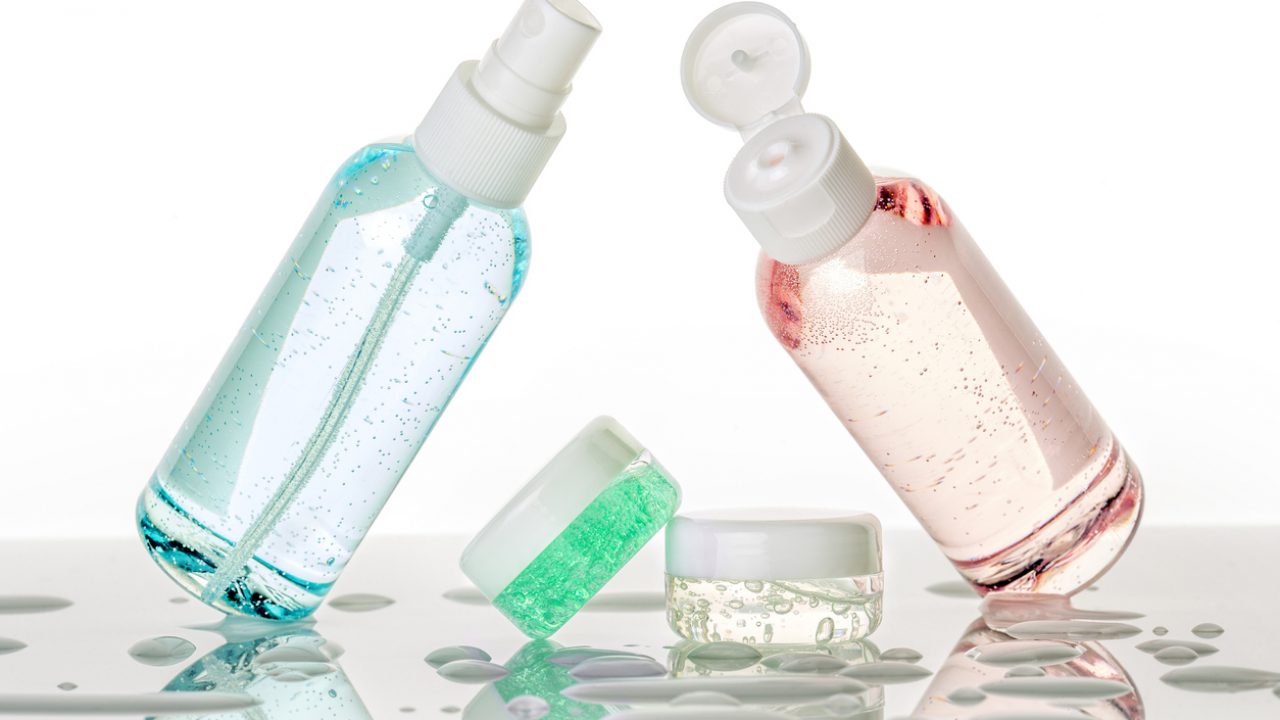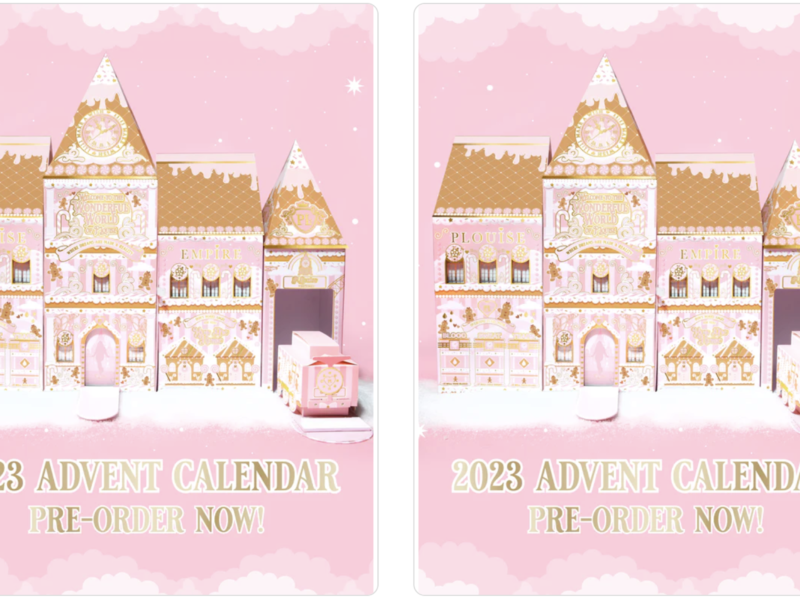
Cleanser, toner and moisturiser are the classic skincare routine combination yet while the roles of cleanser and moisturiser are pretty self-explanatory – the clues are in their names – you’re not alone if you’ve ever wondered what does face toner do.
Historically, when facial toner was first introduced, it contained high volumes of alcohol which would work to remove oil from the skin. The idea behind these early toners was that the alcohol would strip away impurities, yet the reality was that many left users with dry skin.
READ NEXT: Best toners as tried and tested by our editors
Today, facial toner comes in many forms and can do everything from providing a healthy glow to removing blemishes and helping to balance acne-prone skin.
If you’re like us, you’ve compliantly used a facial toner for years because the experts told you to, or you’ve never used it and you’re not sure why you’d need to, the reality is that using face toners is an incredibly crucial step in skincare routines. Not using it, or not using it correctly, could be vastly affecting how effective your other skincare products are.
Let us demystify what toner does, how to use face toner and the ingredients you need to look out for below, and once you’re clued up, discover which is the best toner for your skin type. We’ve also explained the science of moisturiser and what’s really in your foundation in our other explainers.
FURTHER READING: How to make your own homemade toner using cheap, everyday ingredients
A toner is always a liquid applied to the skin using a cotton pad or a reusable equivalent as part of a daily beauty routine. Some people prefer to dab it on with their fingers but however you apply it, toner is left on the skin to absorb in – you don’t need to wash it off. In fact, part of its toning properties come from it evaporating off the skin.
READ NEXT: The truth about the acids in your skincare
It usually looks like water, although some are a different colour, and the majority contain ingredients that when combined in the correct formulation, can solve a multitude of skin problems and conditions. These ingredients include a variety of different acids, glycerin, witch hazel, antioxidants, and anti-inflammatories.
It’s not to be confused with hair toner, which is completely different. Read more in our What is hair toner? explainer.
In general, most toners are used after a cleanser to remove any dead skin cells and impurities the cleanser missed, plus it removes any traces of cleanser that weren’t washed away.
This is why it’s particularly important for people with acne-prone skin to factor face toner into their skincare routines, to stop their pores getting clogged.
Toners also help to give the skin a quick blast of moisture and create a clear canvas on which to apply moisturiser, serums, oils and eye creams.
This is key because without this canvas, the skincare products that follow – as well as your makeup – may not work as well.
WHAT TONER DO I NEED?
You can tell the specific type of facial toner via its ingredients:
To work out which type of toner works best for you, decide what you’d like to achieve, which will depend on your skin type.
For example, if you have dry skin, avoid astringent toners as the alcohol can strip away oils.
The other functions of toner depend on the type you go for: moisturising, astringent and refreshing.
Moisturising toners contain oily ingredients, and they work to replenish the oils in your skin to keep moisture locked in.
These are best for people with dry skin or combination skin.
For especially dry skin, a toner with amino acids is a good bet.
Astringent toners tend to contain some form of acid, such as glycolic acid, witch hazel, and most contain alcohol.
These work to tighten pores to reduce their appearance, and help clear the acne-prone skin of blemishes.
If you have large pores, look for glycolic acid. If it’s oily skin or acne you’re worried about, keep an eye out for salicylic acid.
If you have dull skin, lactic acid is a natural exfoliator which can work to brighten up your skin’s appearance.
Meanwhile, witch hazel is a natural astringent that helps reduce redness and inflammation.
Refreshing toners contain botanicals such as tea tree oil, caffeine, green tea or other floral extracts, and they make your skin feel fresh and energised after cleansing.
They are usually water-based. Aloe vera is another soothing ingredient that is common in these toners.
Refreshing toner is best for people with sensitive skin. Refreshing toners can work well for people with mature skin, too, because some of the natural ingredients like rose water, orange blossom or hyaluronic acid are moisturising.
See our science of moisturiser article or our What is hyaluronic acid guide? for more info.
FURTHER READING: The science of face oil: From when you should use one, to which ingredients to look out for in the best face oils
Most toners work best on wet skin, so use your toner immediately after cleansing in your skincare routine.
Some people prefer to use their fingers and apply it directly, while others use cotton pads to sweep the toner over their skin.
Start in the centre of your face and work outwards, including your neck.
If you do have acne-prone skin and don’t want to touch your face, you can buy spray and misting toners. Our favourite is the Tropic Vitamin Toner (£14) which comes scented or unscented, for sensitive skin. We also highly recommend the more affordable Grüum Gösta Facial Tonic (£7).
The Grüum tonic contains witch hazel, to tone the skin, antiseptic chamomile, and orange to refresh the skin and leave it feeling bright and fresh. This can be used as a primer, a toner or as a way to refresh your skin during the day.
Try to avoid the skin around your eyes, or if you do apply it there, be gentle and don’t pull or drag the skin with the cotton pad. This can damage the skin and lead to more fine lines.
We wanted to bring to the table five different ways that you can apply toners, these methods are a mix between Asian and Western methods of using toners. Toners can be labeled as the underdog at times when it comes to skincare but we want to show you that toners can be your best friend with multiple uses.
The one thing to remember is to use the correct toner to match your skin type and to understand how to apply toner to get the best out of this magical liquid.
5 methods of toner use:
FURTHER READING: How to layer your skincare: Knowing the best skincare order will help make the most of your products

Abigail is a leading science journalist writing about space, sustainability, technology and culture. She is author of The Art of Urban Astronomy, a must-have guide to the night sky that guides you through the seasons and learn about the brightest stars and constellations, the myths and legends of astronomy and how to identify star clusters and galaxies.
